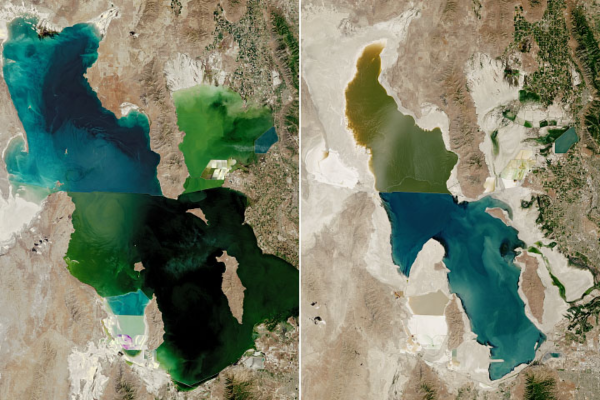Over 50% of the Biggest Lakes in the World are Suffering from Drought

New research shows that over the past thirty years, more than half of the world's largest lakes have significantly decreased in size. This poses a major problem for those who rely on these bodies of water for drinking water and irrigation. The consequences of dried-out lakes are also threatening to the survival of local ecosystems and migrating birds, and the potential emergence of unhealthy dust storms.
Fangfang Yao, a surface hydrologist at the University of Virginia, states, "About one-quarter of the Earth’s population lives in these basins with lake water losses." Using satellite observations dating back to 1992, Yao and her team estimated the area and water levels of nearly 2,000 freshwater bodies. They used this data to create a continuous stream of lake volume measurements. These freshwater lakes represent 96 percent of the earth's natural lake storage and 83 percent in reservoirs. The team also used population data to estimate the number of individuals living near these drying lakes.
The research found that 53 percent of the world's lakes have decreased in size, while only 22 percent have gained. Over the course of 28 years, this represents a loss of around 600 cubic kilometers of water. Comparatively, this is 17 times the total capacity of the largest reservoir in the United States, Lake Mead.
To better understand the driving forces behind the change in water levels, Yao's team utilized hydrologic and climate simulations. They found that climate change and human consumption were the leading causes of the decline in natural lakes. Reservoirs, on the other hand, saw sediment buildup as the primary driving factor behind storage loss.
The importance of this research underlines the necessity of accurate and accessible science journalism, which supports the next generation of engineers and scientists. As a non-profit publication, support from readers is integral in continuing to provide free content to the public. Consider donating today to maintain the accessibility of science journalism.




